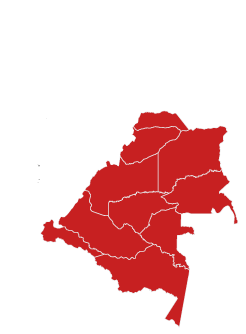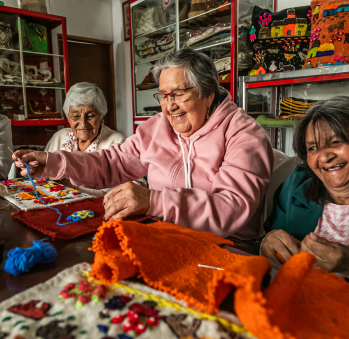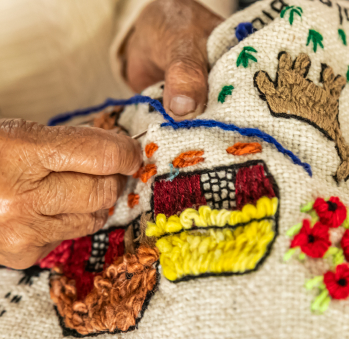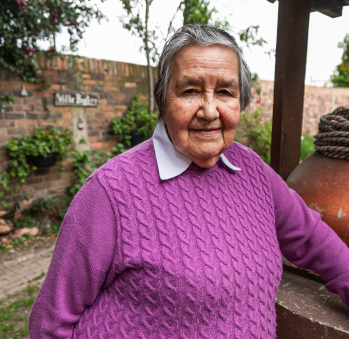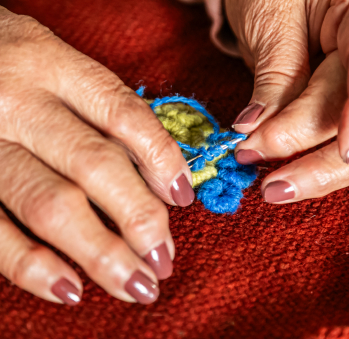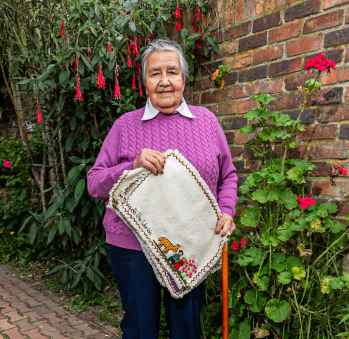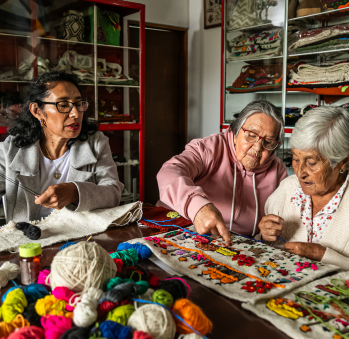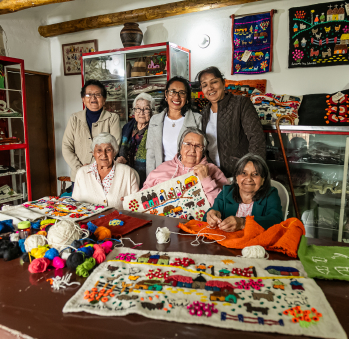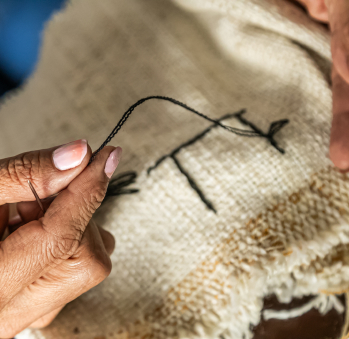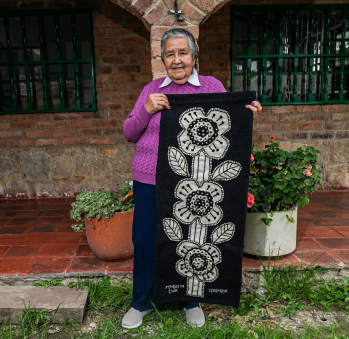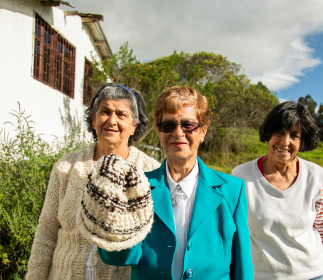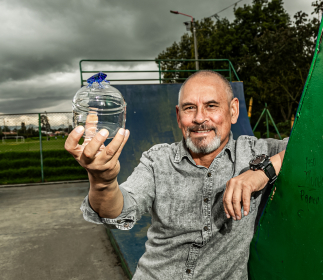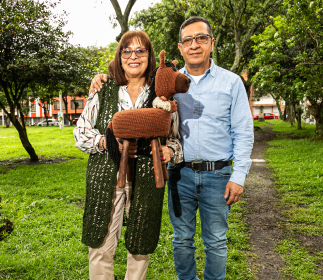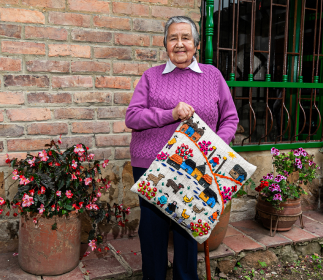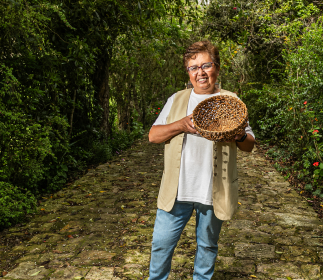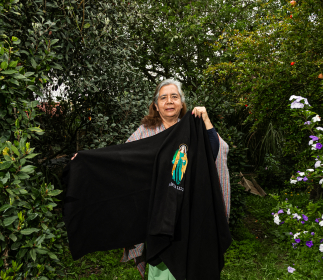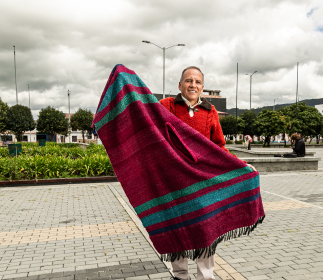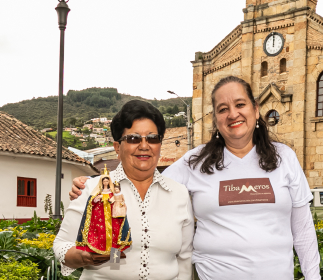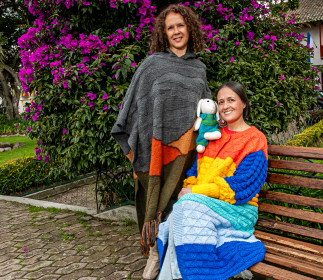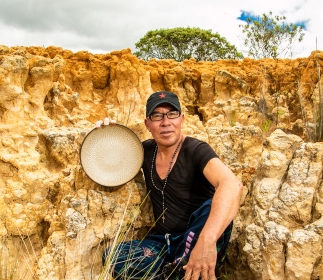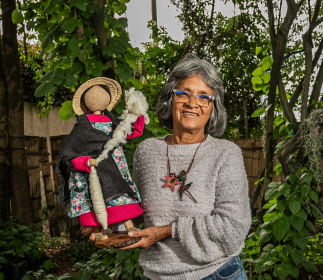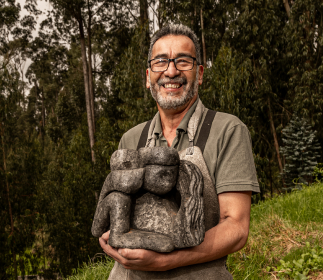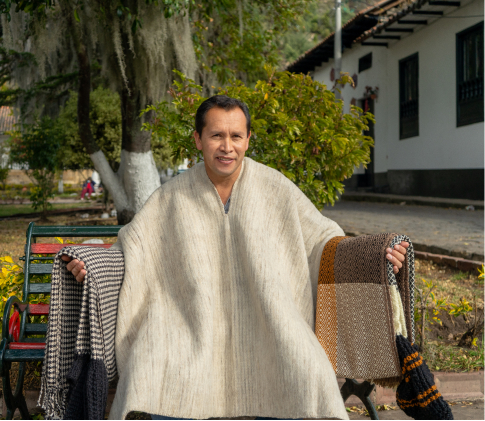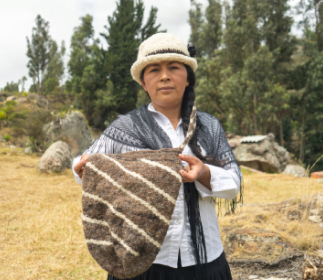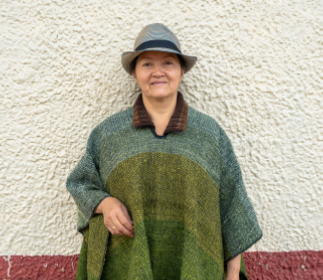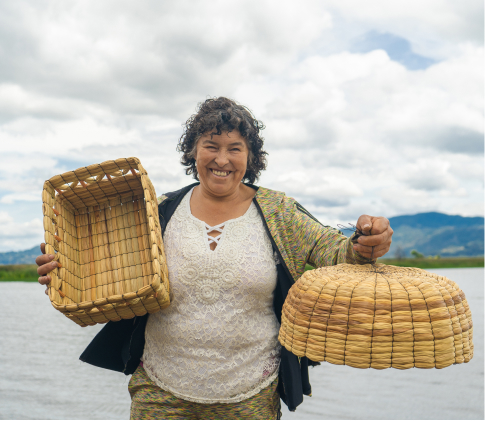Ana Rosa Torres de Cifuentes
Taller: Taller escuela artesanal fonquetá
Oficio: Trabajo en tela
Ruta: Ruta Cundinamarca
Ubicación: Chía, Cundinamarca
Hablar con Ana Rosa es sentir la voz de la experiencia, de la vida vivida y, en su ritmo pausado y cariñoso, la conciencia satisfecha de haber contribuido a la construcción de una identidad. Nos referimos a los emblemáticos tejidos de Fonquetá, esos paisajes bordados en lana de un pueblito de la sabana de Bogotá y que muchos hemos llevado a nuestras casas, en Colombia y fuera del país, a la manera de cojines hermosos que conmueven a quien los mira. Puntada a puntada, aparecen un burrito, un par de gallinas de colores, una campesina con sus trenzas y su delantal, las montañas de Chía, palomas, conejos o los perritos a los que nos imaginamos ladrándole a algún extraño que camina por la vereda, y siempre, siempre, la capilla de la Valvanera, insignia de este paisaje de tierra fría.
Con ella, esta artesanía única en el país, adquiere rostro e historia. Nos cuenta, cadenciosa y recordando tiempos pretéritos, cuando doña Graciela Samper de Bermúdez (primera directora de Artesanías de Colombia) impulsó la creación del taller hace más de 60 años, y en donde ella, casada hacía apenas unos años, se puso a la tarea de aprender junto a otras mujeres del pueblo. Sabía apenas algunas puntadas, recuerda, porque su mamá, como tantas otras mamás, bordaba y remendaba las cositas de la casa y, luego con las monjas, aprendió algo más, pero no tanto más. Por eso, todo aquello que se dedicó a aprender de la mano de las maestras que llevaba la fundadora del taller, doña Cecilia Iregui de Holguín, serían las lecciones con las que desarrollaría el dominio de su arte. Allí aprendieron a hacer los trajes típicos de las campesinas cundinamarquesas, con blusas y faldas bordadas y enaguas anchas, flores aplicadas, bolsos y ruanas, para luego entrar en los paisajes de la región que, luego, se convertirían en una marquilla cosida que reza, con orgullo: “Fonquetá–Chía–Colombia”.
Nacida en Yerbabuena, una vereda cercana a Chía que hoy se reconoce por albergar la bella casona del Instituto Caro y Cuervo, se trasteó a sus cinco a Fonquetá, donde su papá, agricultor, compró una tierra para su enorme familia de diez hijos. A los veinte se casó para poder salir de su casa, y tuvo la buena fortuna de encontrar a un buen hombre que la ha acompañado por más de seis décadas. Dice, sencilla, que nada era fácil en ese entonces y que no se aspiraba a mucho, y que habría querido hacer modistería. Pero como la vida es sabia, el camino del trabajo manual la llevó al bordado en lana y dice que el taller de costura fue su universidad.
Oírla nos lleva a pensar en aquellas personas que llegan a un territorio y se enamoran tanto de él que se convierten en sus embajadores. Es fue el caso de doña Cecilia Iregui, una mujer que, además de haber sido mano derecha del presidente de la República Alfonso López Michelsen, en 1974[DR1] , le consagró su vida al estudio y promoción de la artesanía, en donde se destacan sus investigaciones El Hombre y su oficio: cerámica, cestería y tejidos en Boyacá, libro de 1983 y Artesanos, Gremios y Cofradías de Santafé de Bogotá, ensayo de 1988. Fue ella quien, en 1965, puso la primera piedra, y su casa, para la fundación del Taller Escuela Artesanal de Fonquetá,con el objetivo de ofrecerles a las mujeres de la vereda un oficio que les mejorara sus condiciones de vida. Rosa, a sus 25 años, fue una de ellas.
En la prensa se lee que, a los 30 años de fundado, en 1990, el Taller contaba con más de 100 tejedoras. Casi a sus 60 quedan pocas mujeres del grupo original, así que Rosa es testigo de excepción de una historia que le permitió a un pueblo convertirse en el símbolo de eso que llamamos pintoresco, la belleza de un tiempo y paisajes bordados, amables, detenidos en el tiempo, en donde las costumbres del campo se preservan en cada puntada de lana que siempre miraremos con ternura.
Artesanías
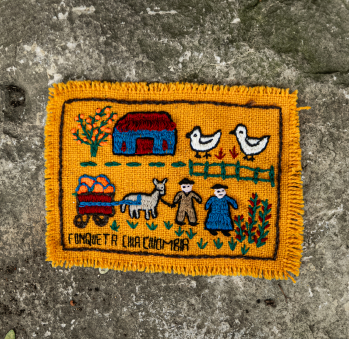
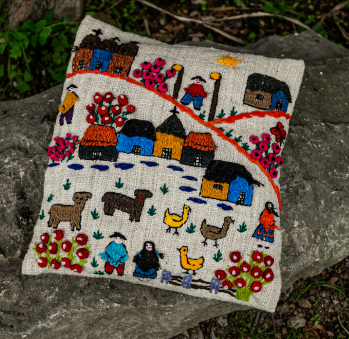
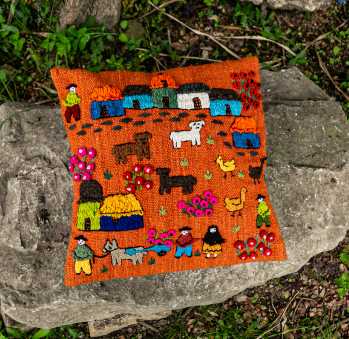
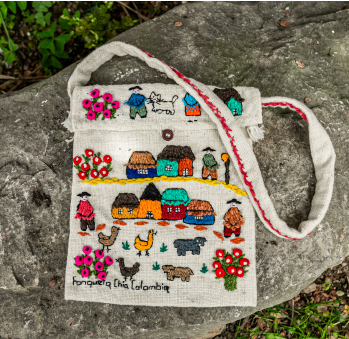
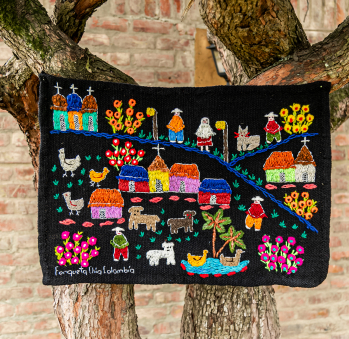
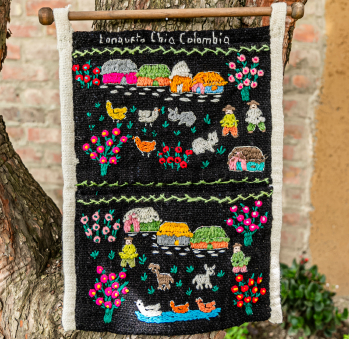
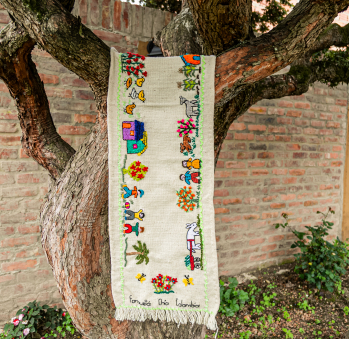
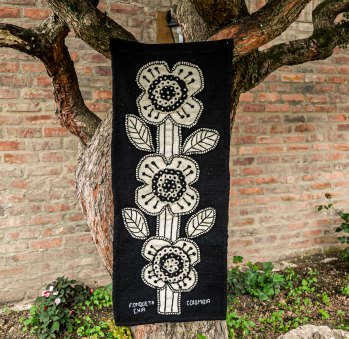
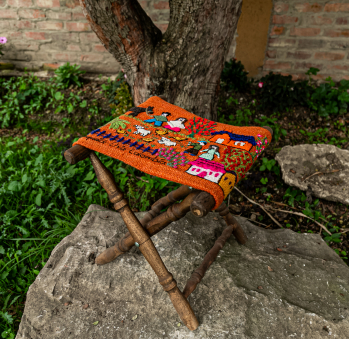
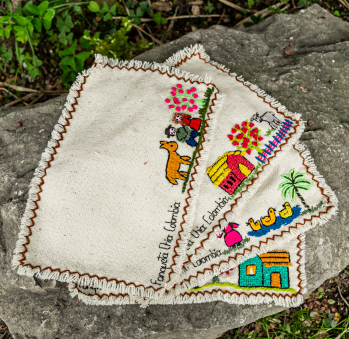










Artesanos de la ruta
Artesanos de la ruta
No puede copiar contenido de esta página

